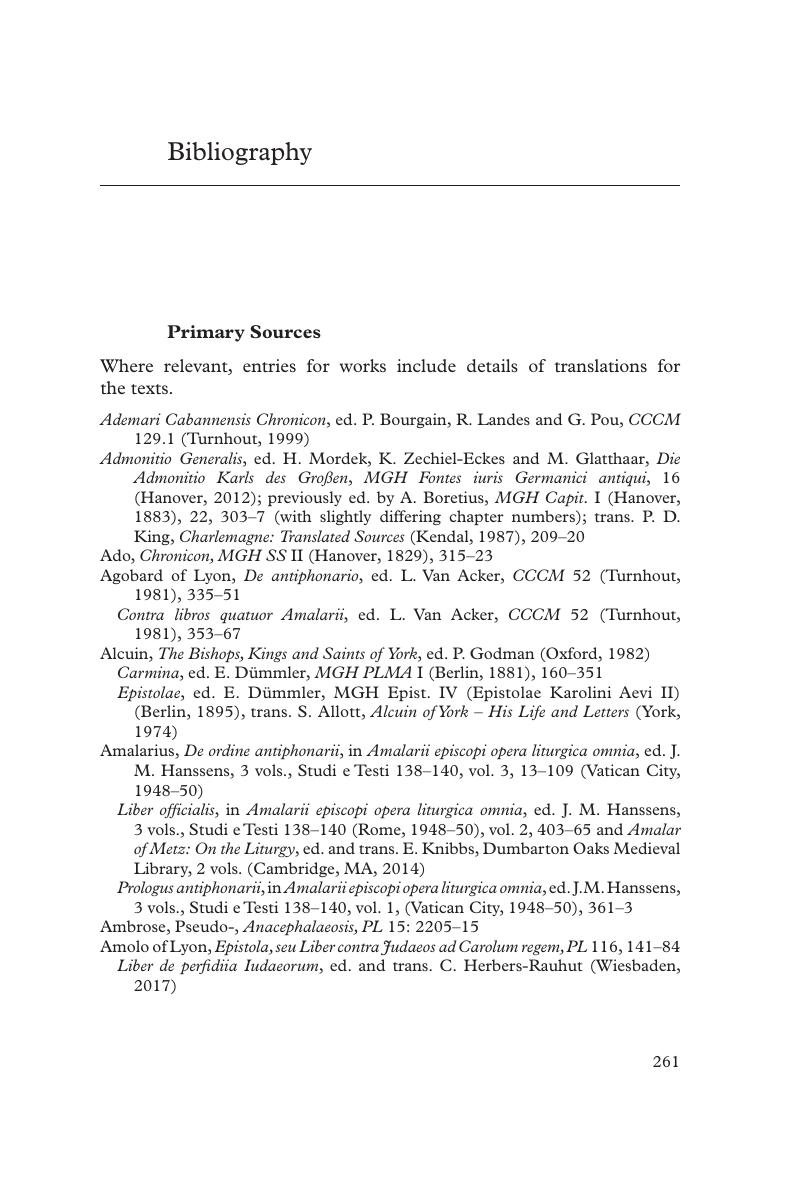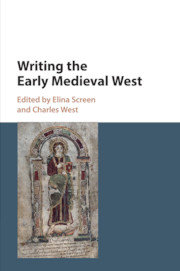Book contents
- Writing the Early Medieval West
- Writing the Early Medieval West
- Copyright page
- Dedication
- Contents
- Figures
- Tables
- Contributors
- Preface
- Abbreviations
- 1 Introduction: A Study in the Education of a Society?
- Part I Knowledge of the Past
- Part II The Written Word in Early Medieval Europe: The View from the Manuscripts
- Part III Texts and Early Medieval Rulers
- Bibliography
- Index of Manuscripts
- General Index
- References
Bibliography
Published online by Cambridge University Press: 25 May 2018
- Writing the Early Medieval West
- Writing the Early Medieval West
- Copyright page
- Dedication
- Contents
- Figures
- Tables
- Contributors
- Preface
- Abbreviations
- 1 Introduction: A Study in the Education of a Society?
- Part I Knowledge of the Past
- Part II The Written Word in Early Medieval Europe: The View from the Manuscripts
- Part III Texts and Early Medieval Rulers
- Bibliography
- Index of Manuscripts
- General Index
- References
Summary

- Type
- Chapter
- Information
- Writing the Early Medieval West , pp. 261 - 300Publisher: Cambridge University PressPrint publication year: 2018



